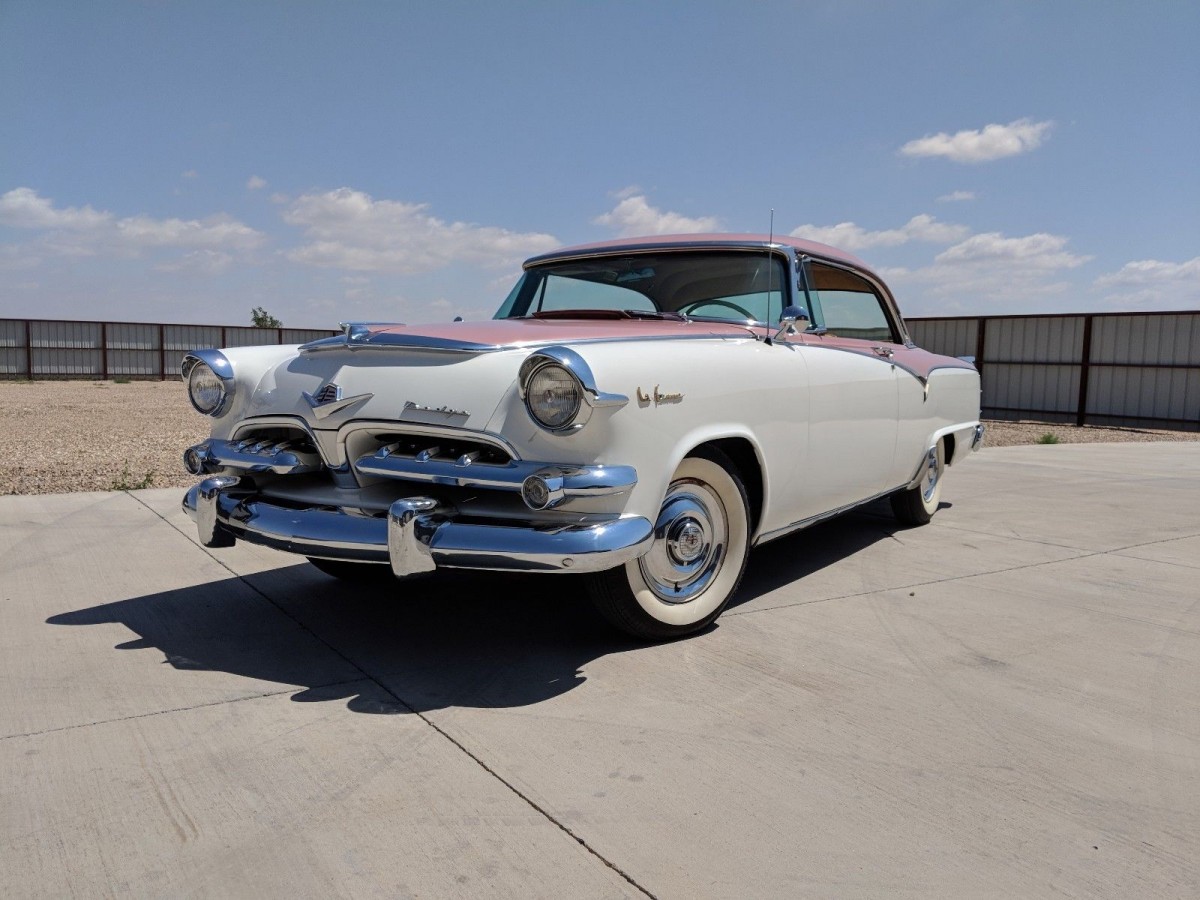
When the brothers Dodge – Horace Elgin and John Francis – founded the Dodge Brothers Company in 1900, they weren’t thinking about fast cars. In fact, Horace was busy patenting a dirt-resistant bicycle bearing in 1896. The following year, production began for the Evans & Dodge Bicycle Company.
Thankfully, in 1901, the mechanically-inclined siblings shifted gears towards automobiles. The rest, as they say, is history. By 1903, they partnered with the up-and-coming Ford Motor Company to produce engines and transmissions. Then, in 1914, they launched the very first Dodge vehicle. By 1915, Dodge had become the third best-selling automaker in America. From their modest beginnings in Niles, Michigan, the Dodge brothers moved on from bicycles and set up one of the most prosperous auto manufacturing companies in the nation.
Although both brothers passed away in 1920, neither could have predicted the enduring legacy of Dodge. In 1928, their family sold the company to Chrysler, where it continues to thrive as their mid-priced brand. Despite its ongoing success, there are still plenty of lesser-known tidbits about Dodge’s history that might surprise you. Courtesy of Savage L&B, here are five to get you started.
Mechanizing the War Effort
Back in 1916, Lieutenant George Patton Jr. took charge of the very first mechanized cavalry charge in the history of the U.S. Army. Patton commanded from a Dodge WC57 Command Car, and with the aid of just two additional Dodge vehicles and 15 soldiers, they went up against Pancho Villa, eventually vanquishing their lieutenants. As years and decades went by, these mechanized cavalry charges became standard for the American military. (Their final horse-mounted cavalry charge went down in the Philippines in the early days of 1942.)
Engineered to Excel
Dodge has always been at the forefront of developing and testing new, high-performance engines. It all began way back in 1930 when Dodge introduced its inaugural eight-cylinder engine, coinciding with the introduction of factory-installed car radios. Due to the economic downturn of the Great Depression, the production of that engine ceased in 1934, making its return nearly two decades later in 1952. A full half-century later in 2014, history was made once more with the introduction of the Dodge Ram 1500, the very first compact pickup truck to include a diesel engine option.
One For the Ladies
In the mid-1950s, Dodge launched the Dodge La Femme, a big car designed exclusively for women. With the increased participation of women during the car buying process at that time, Chrysler’s marketing team developed the La Femme to capture a slice of the women’s car market.
The La Femme’s interior truly showcased the general feminine ideals of the 1950s. The 1955 models had pink rosebud upholstery against a soft silver-pink background. Each vehicle included a trendy keystone-shaped purse made of plush pink calfskin, equipped with various accessories. These accessories comprised of a face-powder compact, cigarette case, lipstick case, and coin purse. Furthermore, a special compartment behind the driver’s seat stored a matching raincoat, rain bonnet, and umbrella made from the same rosebud fabric.
Despite its… let’s call it unique appeal, the La Femme didn’t achieve much success in the market. Dodge discontinued the line in 1957 after only two models were produced. So, if you’re determined to drive through the streets of Robesonia in the most kitschy way possible this holiday season, you might have to do some intense browsing on eBay.
The Origin of the “Fratzog” Emblem
From 1962 to 1976, Dodge rocked a logo crafted from three intertwined triangles. This funky geometrical arrangement was dubbed the “Fratzog.” And how did it earn such a peculiar name, you wonder? In the early 60’s, one of Dodge’s designers needed a temporary title for the emblem and came up with the nonsense moniker “Fratzog.” Simply put, the rest of the design team couldn’t come up with anything better, so the Fratzog label stuck and continued to appear on steering wheel center hubs until the late 70’s.
Highs and Lows on the Racing Circuit
Dodge has been on both sides of racing glory and infamy. Lee Petty put Dodge on the racing map in 1953, when he became the first driver to earn a NASCAR victory for Dodge during a race in Palm Springs, Florida.
But in 1971, the Indianapolis 500 was marred by a crash involving the Dodge Challenger serving as the race’s pace car. Eldon Palmer, a local Indianapolis-area Dodge dealer, lost control of the Challenger at the race’s start. It proceeded to crash into a photographer’s stand, injuring 29 people.
Drive a Dodge Into Tomorrow
Here at Savage L&B, we can’t wait to see what the future of Dodge holds, even as we honor its past. Check out our full inventory of new and used Dodge vehicles today, and – speaking of Dodge’s future – be sure to keep up with the latest in electric vehicle developments. From service to parts, Savage L&B has everything you need to steer you into 2024, as you continue to write your own story.







